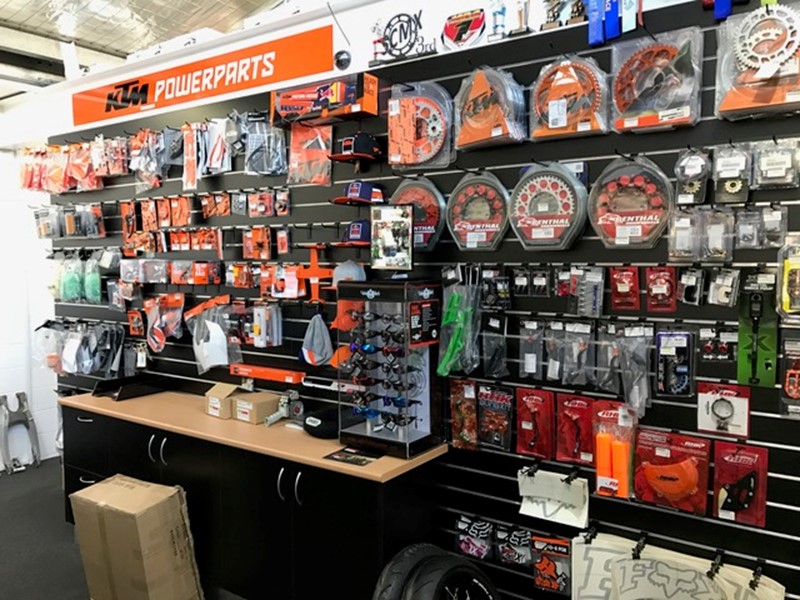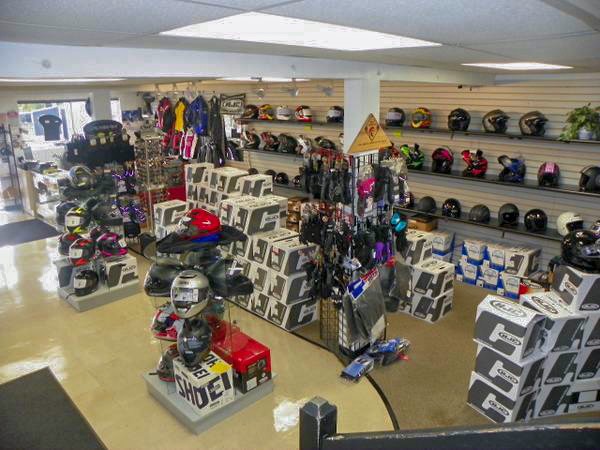Understanding Motorcycle Gears: Exactly How to Enhance Your Riding Experience
In the realm of motorcycling, mastering the art of gear manipulation is essential for improving your riding efficiency. Correctly recognizing and utilizing motorcycle equipments can substantially influence gas, control, and acceleration efficiency, transforming a typical ride right into a seamless, electrifying trip.
Recognizing Gear Mechanics
Just how do the complexities of gear auto mechanics affect motorcycle performance? At the core of bike characteristics, equipment auto mechanics play an essential duty in transforming engine power into movement, ultimately dictating rate and control. Gears, carefully crafted parts, allow bikers to enhance torque and rate, making certain a smooth shift through different surfaces and rates. The equipment ratios, very carefully designed, establish the connection between engine revolutions and wheel turns, influencing velocity and gas efficiency.
Comprehending equipment technicians begins with recognizing the value of the transmission, which houses multiple equipments of differing dimensions. These equipments interact with a procedure referred to as meshing, where teeth of various gears engage to transmit power. The accuracy of this communication is important; any kind of imbalance or damages can cause ineffective power transfer, impeding performance. Additionally, the arrangement and dimension of equipments influence the bike's capability to manage different loads and rates.
Furthermore, the principle of equipment shifting is important to taking full advantage of performance. Smooth and prompt shifts guarantee that the engine operates within its optimum power band, stopping unnecessary stress and enhancing long life (moto parts nz). By understanding these mechanical ins and outs, riders can accomplish an unified mix of effectiveness, control, and power, boosting their riding experience
Timing Your Shifts
Shift timing proficiency is crucial for maximizing bike performance and enhancing the riding experience. Effectively timed shifts make sure that the engine operates within its optimum power band, which is critical for maintaining control, accomplishing smooth velocity, and guaranteeing the durability of the bike. Riders need to develop an user-friendly feeling of when to shift gears, which entails comprehending the relationship in between engine revolutions per minute (RPM) and speed.
To understand shift timing, pay very close attention to the engine's sound and really feel, as these supply vital ideas regarding when to transform equipments. The perfect change point usually takes place when the engine comes close to the top array of its power band without getting to the redline. Changing too early can lead to an absence of power, while moving too late might create unnecessary engine pressure
Additionally, road conditions and riding design impact shift timing. For circumstances, in metropolitan settings, smoother and much more constant shifts might be required to browse website traffic efficiently. On the other hand, during highway riding, fewer shifts at higher rates can be more ideal. Exercising in varied environments will certainly boost your capacity to time changes specifically, inevitably elevating your riding experience to a specialist degree.
Enhancing Gas Effectiveness
While mastering bike gears is crucial for performance, enhancing gas effectiveness is just as important for both ecological and financial factors. Optimal gas usage not just decreases functional expenses however also minimizes the ecological footprint of riding. To attain this, one have to comprehend the intricate connection in between gear choice and engine efficiency.
Riding in a higher gear at reduced rates can lead to engine carrying, which is detrimental to both fuel economy and engine wellness. On the other hand, riding in lower gears at high rates results in unneeded gas intake.
In addition, regular upkeep plays an essential function in fuel effectiveness. Making certain that the motorcycle is well-tuned, with tidy air filters and properly blew up tires, can improve aerodynamics and minimize fuel wastefulness. Furthermore, embracing a riding style that embraces steady acceleration and smooth deceleration can add to far better gas economy.

Methods for Smooth Transitions
Attaining smooth equipment shifts is fundamental to improving the riding experience and ensuring the longevity of a motorbike's transmission system. Appropriate gear changing not only adds to a seamless trip yet additionally minimizes deterioration on the mechanical components. To understand the art of smooth shifts, bikers must concentrate on a few motorcycle levers crucial techniques.

Secondly, clutch control plays a pivotal role. Engaging and disengaging the clutch smoothly calls for method. The clutch lever ought to be launched slowly, allowing for a seamless transfer of power from the engine to the wheels without causing a jolt or sudden activity.

Adapting to Road Problems
Browsing diverse roadway problems is a vital ability for any type of motorcyclist aiming to keep control and safety and security. Whether you're riding on wet surfaces, crushed rock roads, or browsing doglegs, your capability to adjust your equipment usage and riding strategy is critical. Comprehending exactly how to readjust your gears appropriately can significantly influence grip and security, making certain a more secure trip.
On wet roads, it is suggested to preserve higher gears to reduce torque and reduce wheel spin. This approach helps maintain grasp on unsafe surface areas, permitting smoother acceleration and slowdown. On the other hand, when riding on gravel or irregular surface, reduced equipments are better. Lower gears supply much better control and enable you to respond more swiftly to unanticipated adjustments in the road surface.
Sharp contours require accurate equipment administration to balance speed and control. Downshifting prior these details to entering a contour can help keep energy while making sure the motorbike continues to be steady throughout the turn. Consistent technique in varied problems boosts your capacity to react and anticipate to adjustments in road structure and slope.
Final Thought
Mastering bike equipments significantly enhances the riding experience her latest blog by enhancing acceleration, gas, and control effectiveness. A complete understanding of equipment auto mechanics and accurate change timing guarantees the engine runs within its optimal power band, while smooth transitions via effective clutch and throttle control increase convenience and efficiency. Adjusting equipment selection to different roadway problems, such as making use of higher gears on wet surfaces and lower equipments on crushed rock, more improves handling and security. Ultimately, these abilities elevate the overall trip.
Understanding gear auto mechanics begins with acknowledging the significance of the transmission, which houses multiple gears of differing dimensions. These equipments communicate via a process known as meshing, where teeth of various gears involve to transfer power (motocross parts nz). Mild changes to the throttle throughout gear changes can protect against jerky activities and preserve a constant riding rate
Whether you're riding on damp surface areas, gravel roads, or navigating sharp turns, your ability to adapt your gear use and riding technique is critical. Adjusting gear selection to various road problems, such as utilizing higher gears on damp surface areas and lower gears on gravel, additional enhances handling and safety.